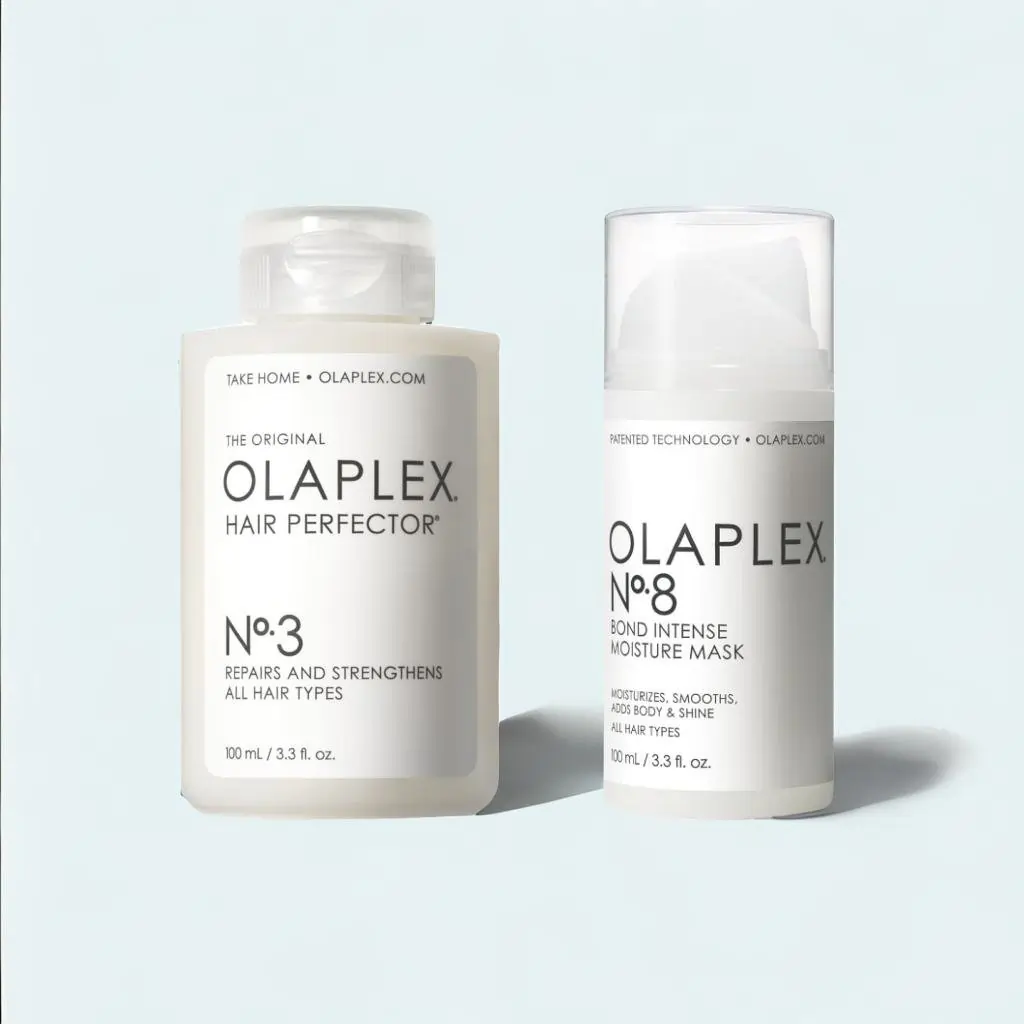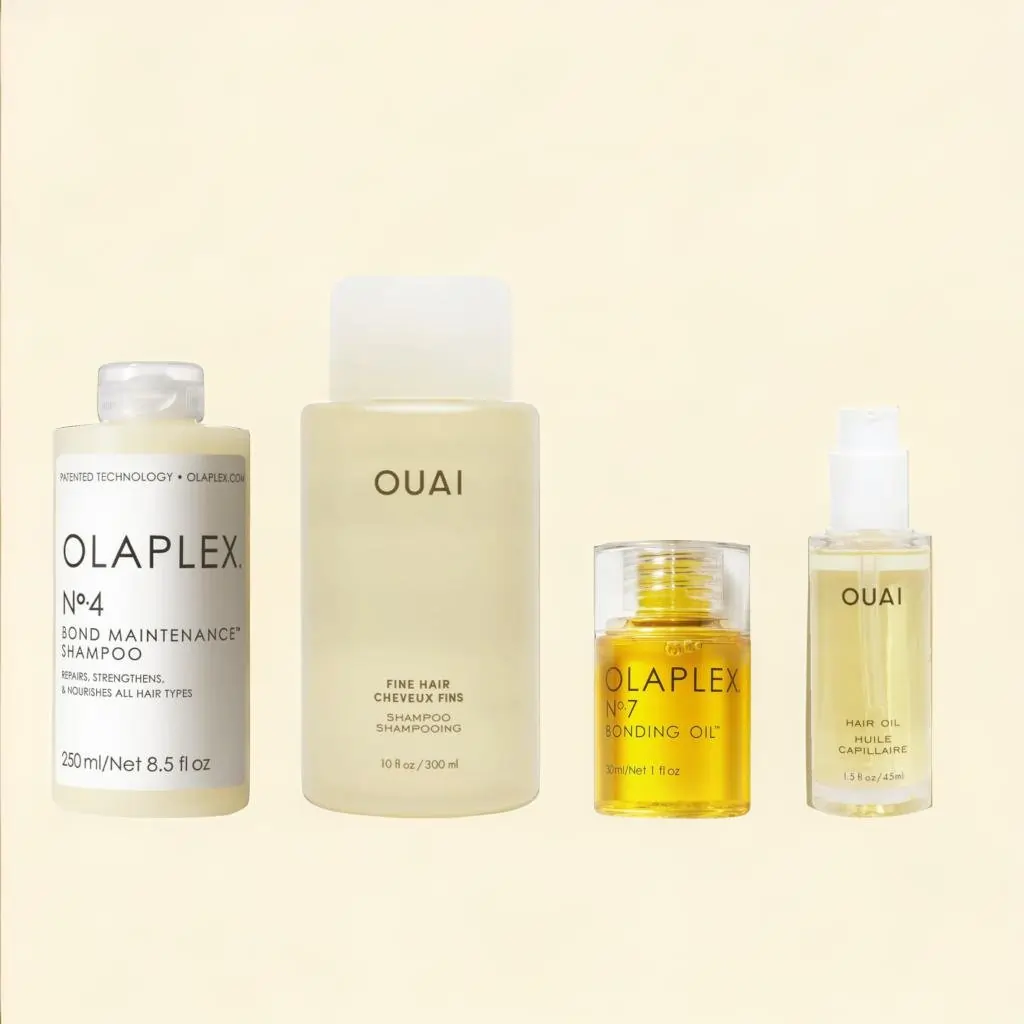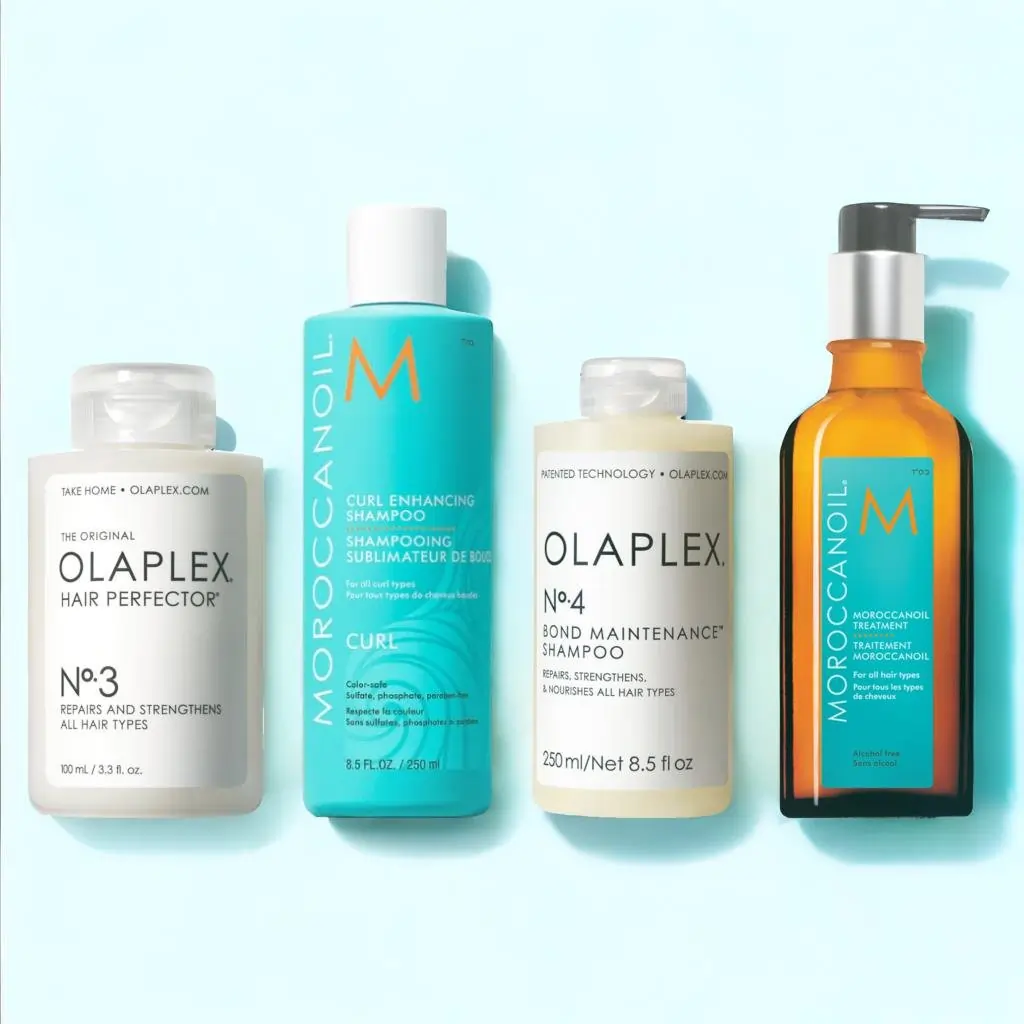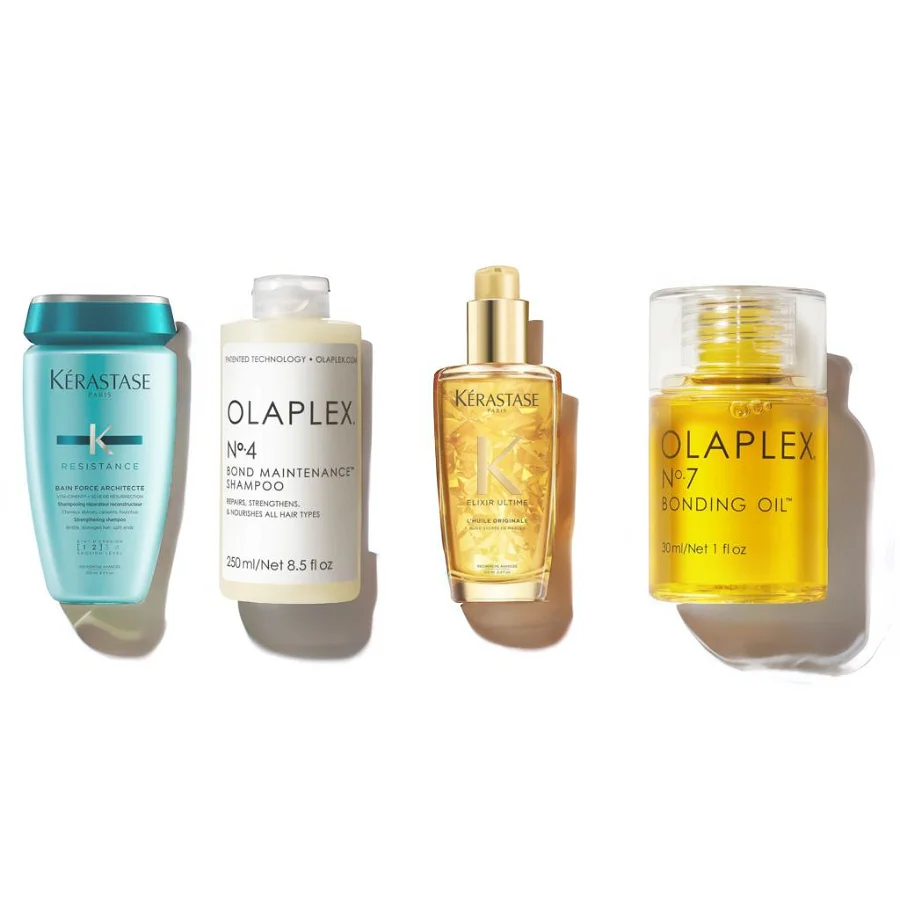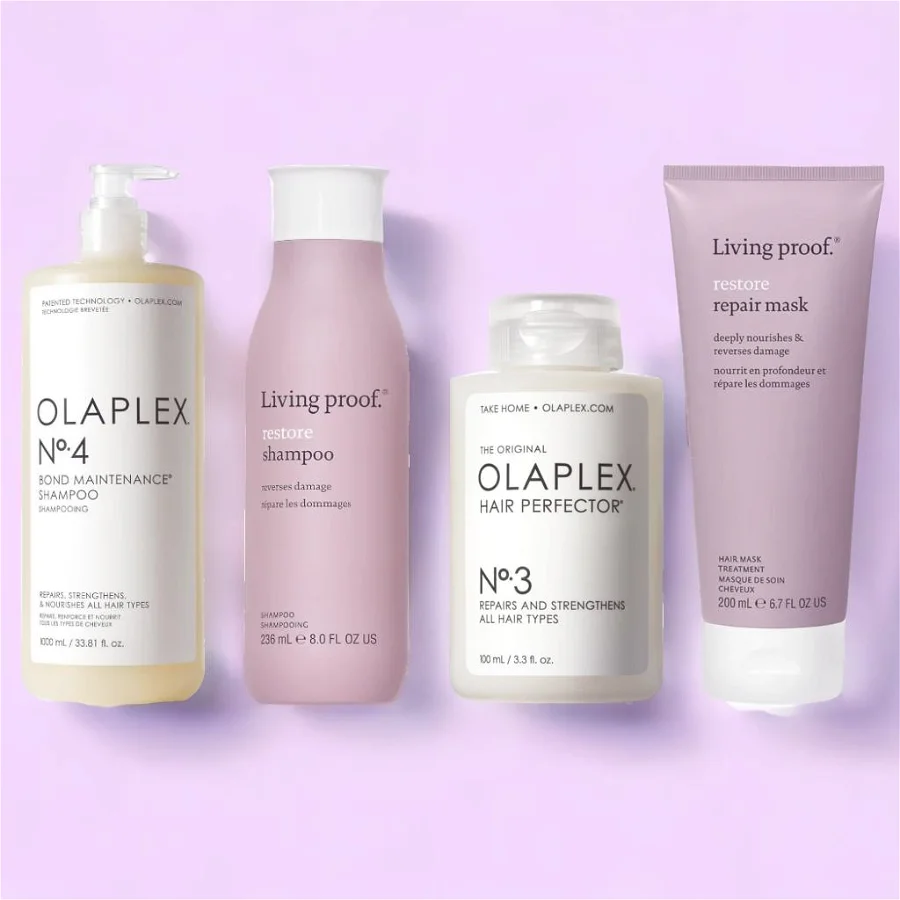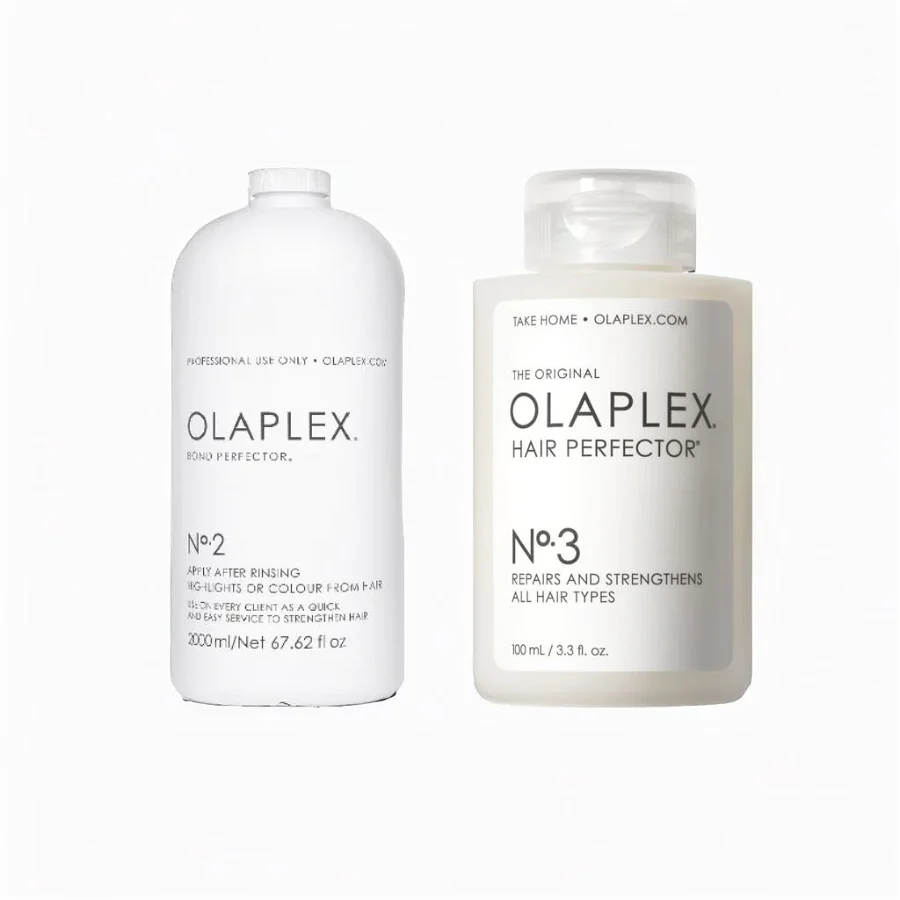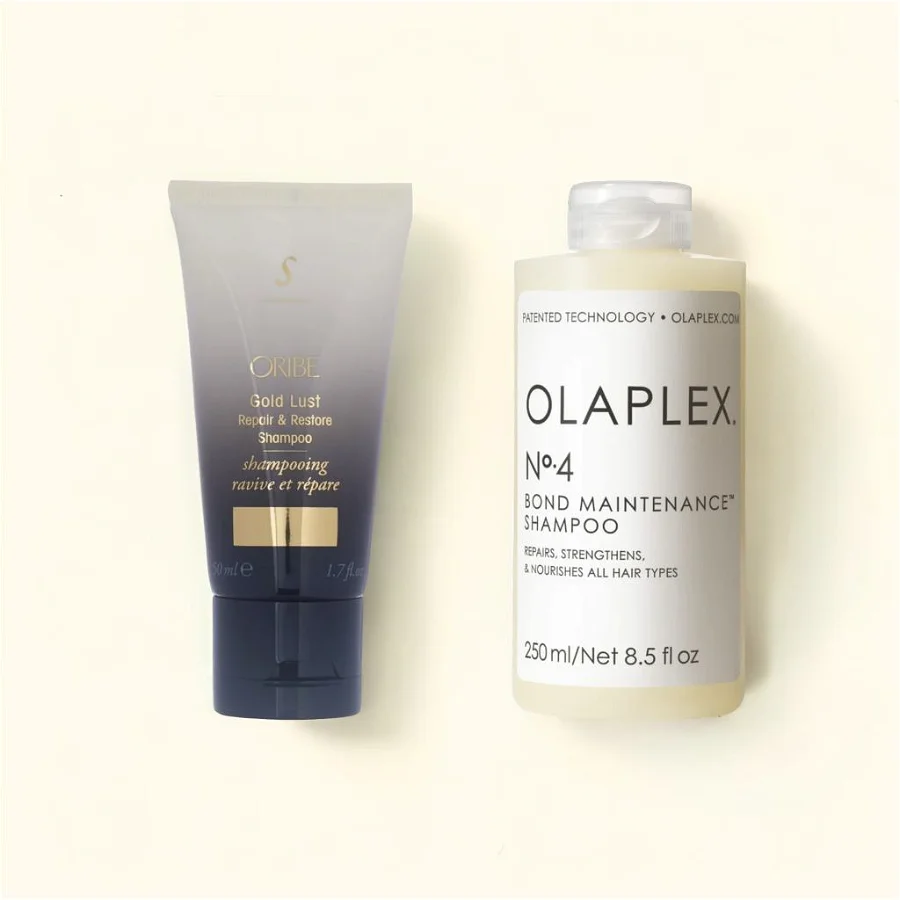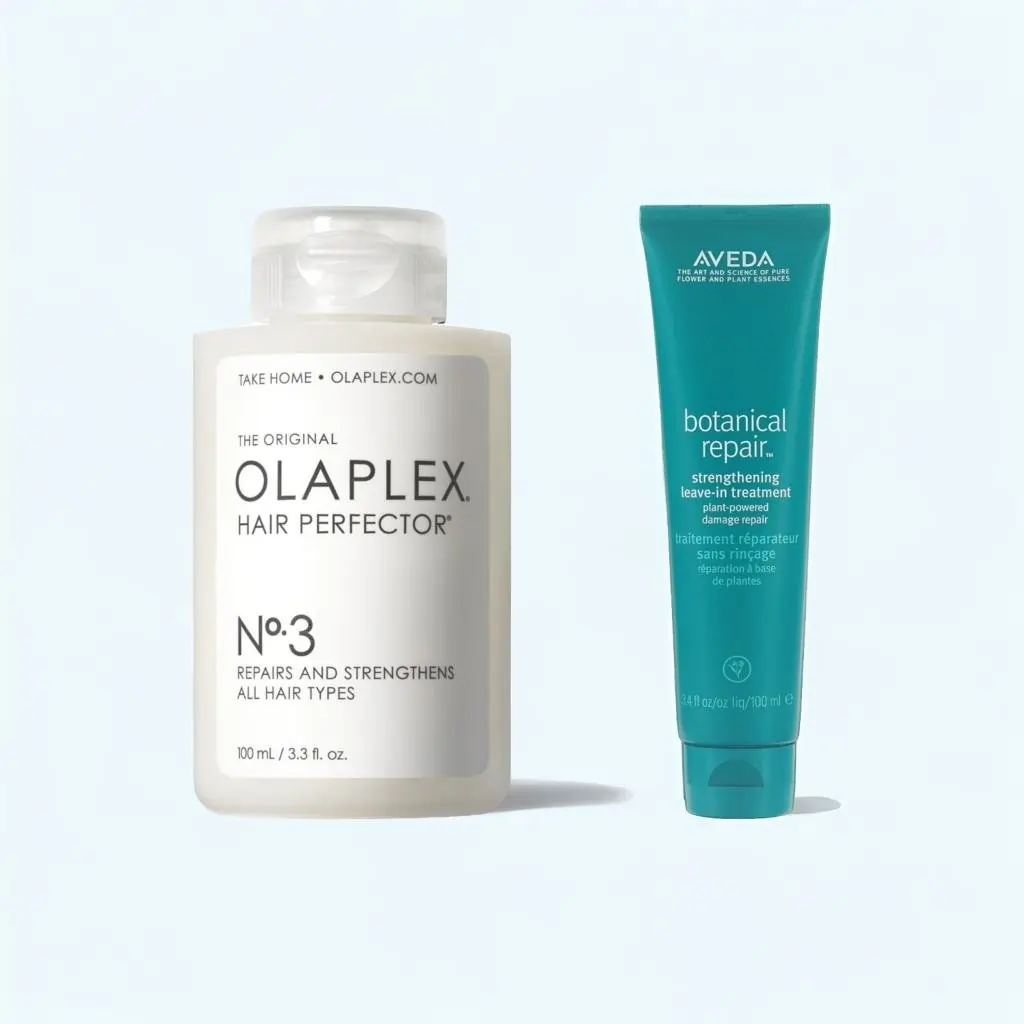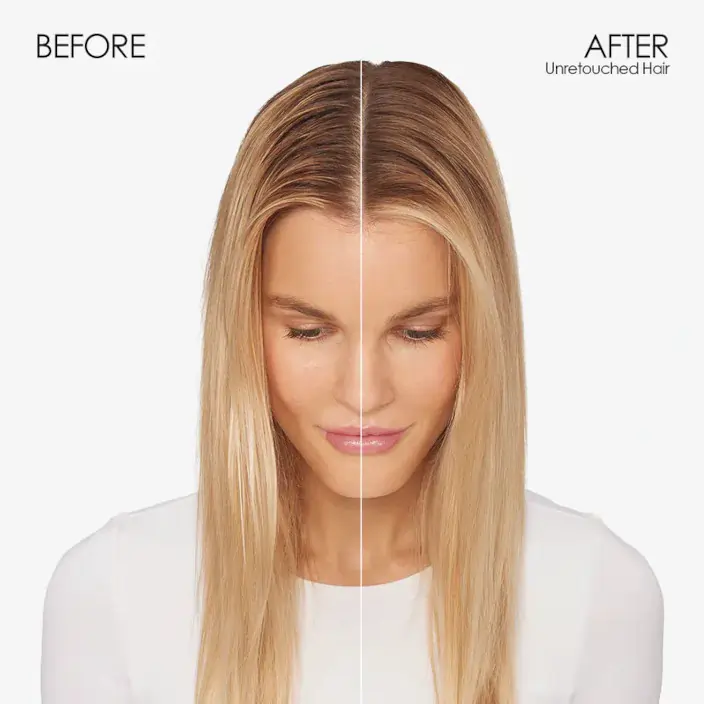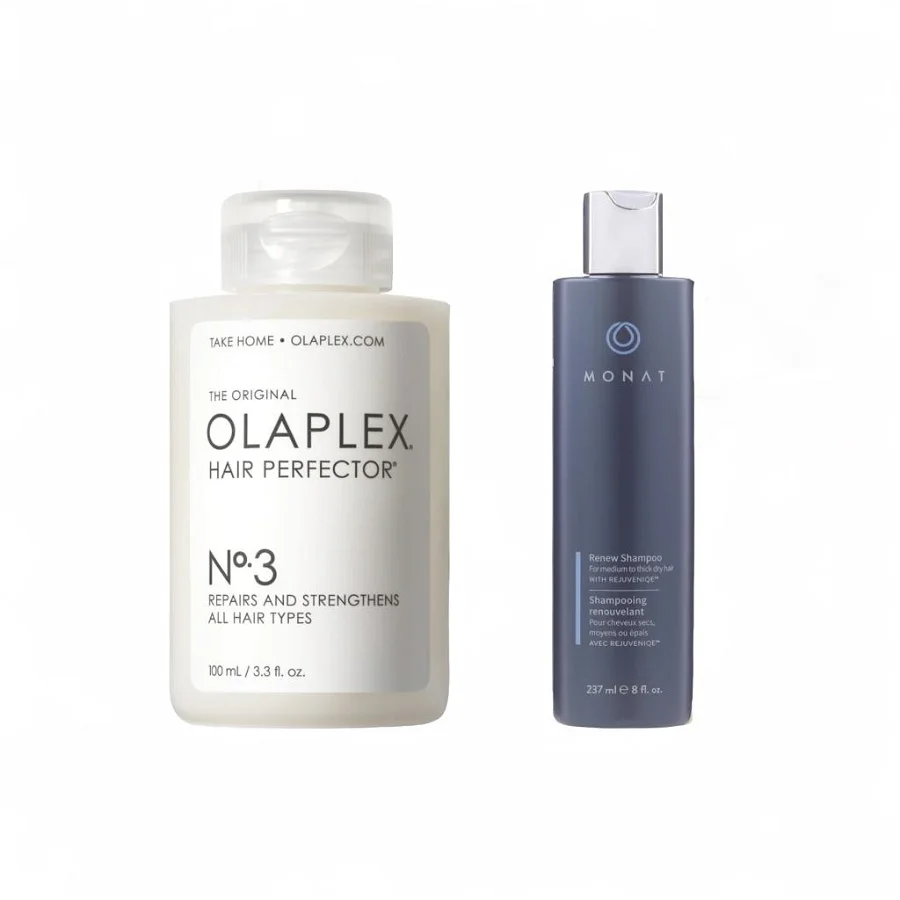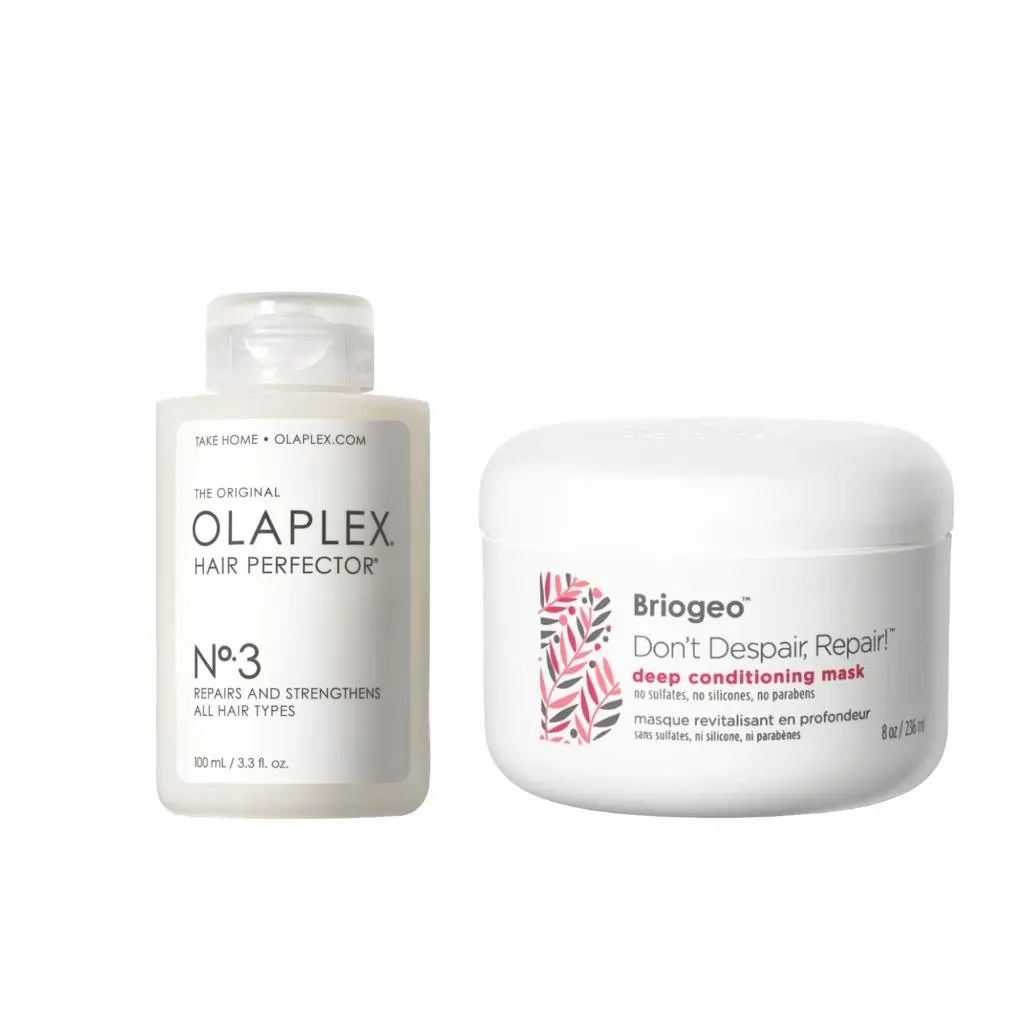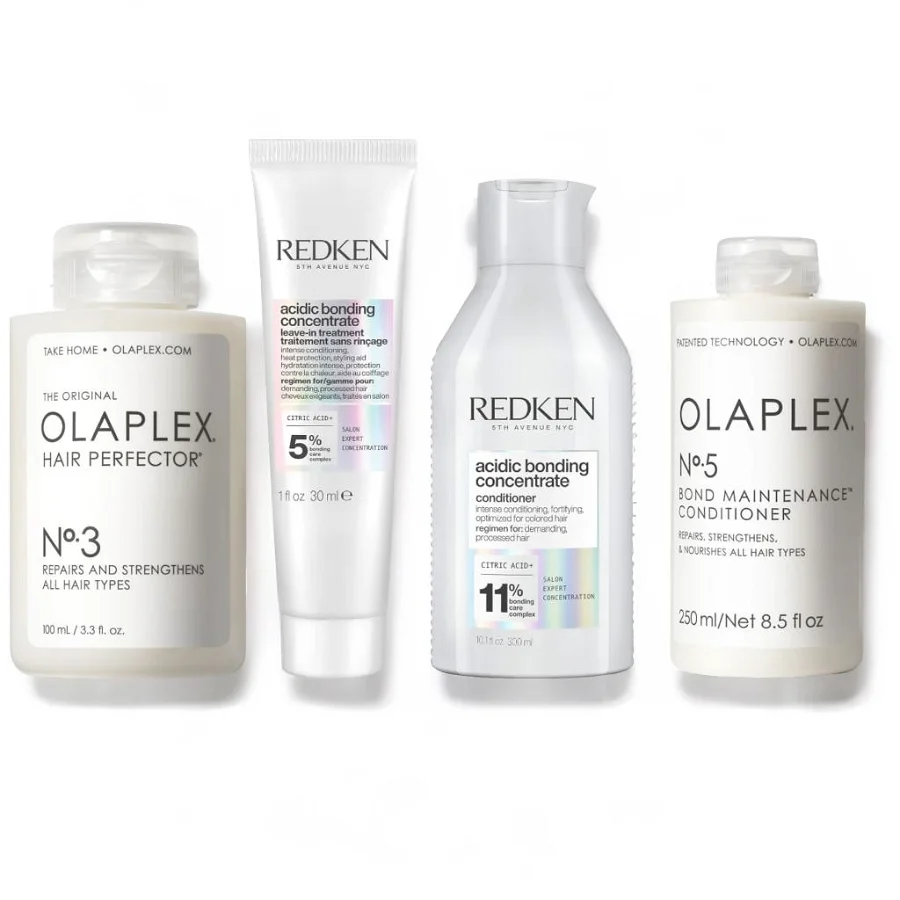
Founded in 2014, Olaplex has achieved cult-favorite-status in the last five years or so. The NPD Group—an American market research company—even deemed Olaplex the “#1 product in prestige haircare” just last year.
Two Olaplex products in particular that have received considerable hype—Olaplex No. 3 Hair Perfector and Olaplex No. 8 Bond Intense Moisture Mask—are a couple of our go-tos.
Formula No. 3 has been scientifically proven to make your hair 3x stronger, while Olaplex claims that No. 8 will leave your hair “so visibly healthy, you can skip the styling.” Below, we’ll give you a detailed breakdown of each to help you decide between the two.
Olaplex No.3 Hair Perfector vs Olaplex No.8 Bond Intense Moisture Mask
For starters, both products are cruelty free, gluten free, nut free, paraben free, phosphate free, phthalate free, sulfate free, and vegan. They’re also suitable for all hair types, and they include Olaplex's patented Bis-Aminopropyl Diglycol Dimaleate.
Before we dive further into the comparison, what the heck does Bis-Aminopropyl Diglycol Dimaleate do anyway?
Well, this complex molecule rebuilds the disulfide bonds of damaged hair from the inside out. So whether you’re someone who heat-styles, dyes, or chemically treats your mane, Olaplex’s special ingredient can—in theory—restore your hair back to optimal health.
Returning to the task at hand, we're going to have to dig a little deeper to discover any real differences...
One notable difference between the two is that Olaplex No. 3 is not a conditioner or mask, but a treatment to be used on wet hair before shampoo. In contrast, Olaplex No. 8 is a moisture mask that should be applied after shampooing and before conditioning.
While both formulas aim to repair damaged hair, No. 3 works to strengthen your strands and reduce breakage and split ends, whereas No. 8 provides hydration, smoothness, body, and shine to parched tresses.
Further, Olaplex No. 3 can be used two to three times a week, but Olaplex instructs consumers to only use Olaplex No. 8 once a week. (And though this pair works together beautifully, it's important to note that one doesn't necessarily replace the other.)
Moreover, it may not be surprising to learn that the ingredient list for No. 8 is quite a bit longer than No. 3, including several essential oils, rosehip seed extract, and ceramides. No. 3 still contains some familiar favorites, though, like aloe vera and jojoba seed oil.
Pricewise, Olaplex No. 3 and Olaplex No. 8 will both run you ~$30 for a 3.3oz bottle. But, based on their thousands of positive reviews (including ours), they’re worth every penny.
Both Olaplex No. 3 Hair Perfector and Olaplex No. 8 Bond Intense Moisture Mask have become global sensations for plenty of reasons. But, in short, they seem to check off literally every box you can think of while delivering second-to-none results.
While you might've sought this comparison looking to find a reason to choose one over the other, it's important to note that they are intended to complement each other, and a routine with both included is ideal. That said, no Olaplex routine is complete without No.3, whereas if you're looking to skip a step then it'd be No.8 that wouldn't/shouldn't make the cut.
Though this brand is a tad pricey, you can rest assured knowing that you’re not only paying for a quality product, but a quality company, too.
Olaplex’s pledge to sustainability includes limiting their use of secondary packaging for most of their products. Thus, each product without a box saves water and (thousands!) of trees and eliminates a substantial amount of greenhouse gas emissions.
So, if you haven’t joined the bandwagon already, welcome.
